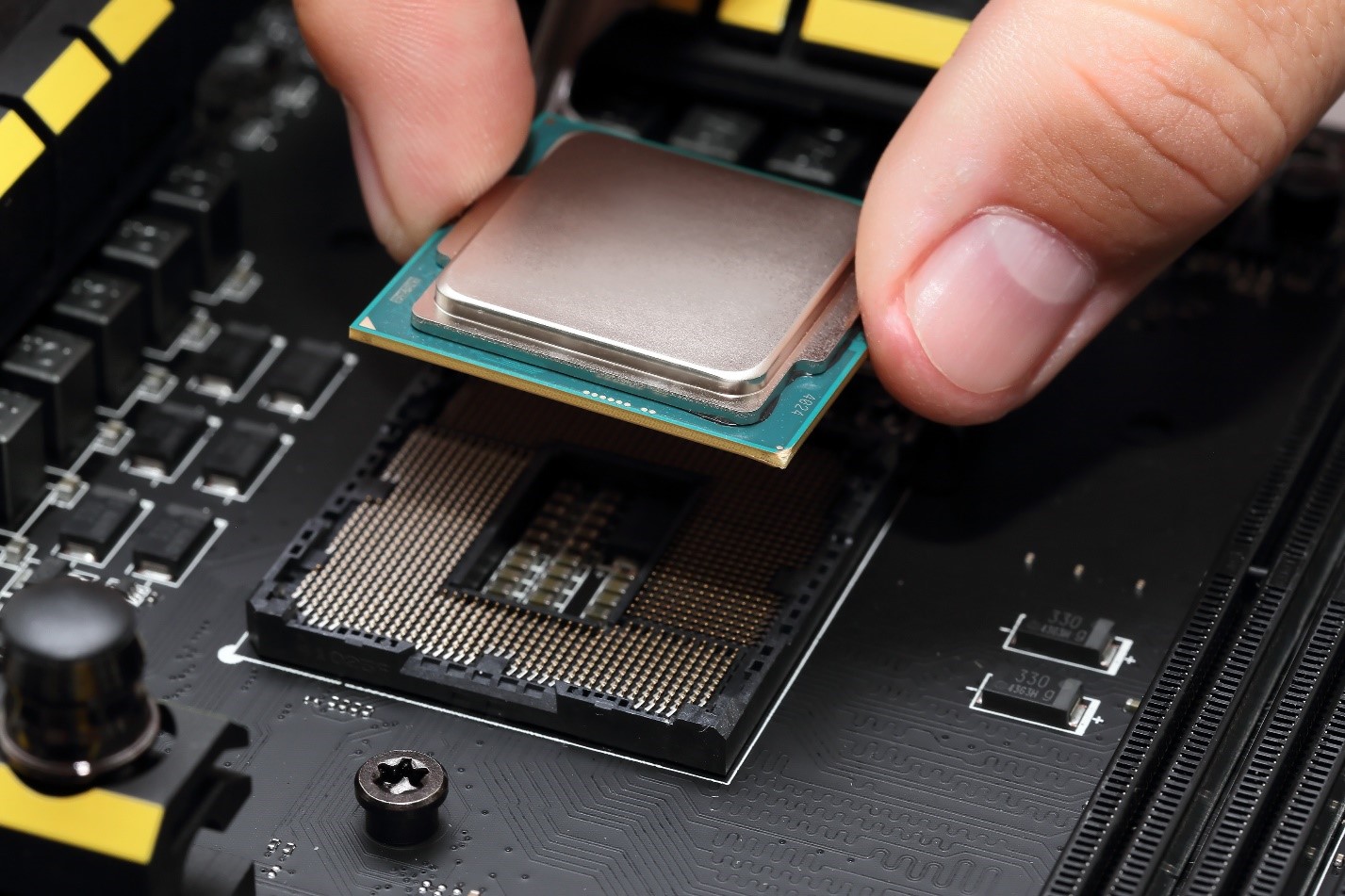From a business perspective, it’s a perfect time to be offering the world more eco-friendly products.
More electronics parts manufacturers and electronics components suppliers are discovering that there are excellent reasons to consider going greener, and developing more sustainable practices, products and services. Though being an active part of the ‘green’ community used to mean you were supposed to embrace certain political viewpoints, today’s business leaders are finding that no agendas are required to increase energy efficiency and improve recycling efforts.
Even better, there’s also money to be made from consumers serious about purchasing only from sustainable-minded businesses, and not from companies who don’t know/don’t care about potential environmental damage. The saving and making money part, combined with the public positive attention, may be what has driven traditionally non-sustainable companies like Coca-Cola and Exxon-Mobil to announce that they too want to find ways to make the planet a better place. Coca-Cola has even been working on a new cola in a green can, intended for customer’s conscious about healthier ingredients (it has less sugar and fewer chemicals.)
Electronics companies can also benefit from this growing demand for greener electronics parts – consumers want to reduce potentially dangerous materials in electronic products, but still crave the latest tech. TVs are a good example – it’s a smart move to properly dispose of your older, bulkier TV loaded with hazardous metals. And if you happen to switch to a high-def flat-screen that uses less power, even better.
Here are some other reasons for this push toward more sustainable electronics components.
- More green-focused materials. The Consumer Electronic Show in January 2015 featured new products to improve efficiency, including a Samsung monitor made of 30 percent recycled plastic that uses little energy; kitchen appliances from LG that use less energy and water; and a tablet-sized mobile device charging station that doesn’t require you always to be digging for plugs and adapters. Another popular product involving electronics components at CES was the Shine, a wearable wristband and pendant from Misfit that not only tracks your fitness but looks downright stylish. It is powered by solar cells, which take the form of shiny, decorative, colorful crystals.
- More products designed to reduce waste.
SINTEF, a Scandinavian research organization, is working on developing electronics components that dissolve in water. The circuits are ultra-thin and melt away after a few hours in hot water. In theory, when the items these are powering are at the end of their product cycle, someone could potentially add water, which will mean fewer ingredients as the item goes off to the landfill or for reconditioning.
This is an effort to combat the growing quantities of electronic waste, or e-waste for short, which can come from personal communications products like smart phones, or entertainment items like DVD and compact disc players.
- Parallel innovation in non-sustainable areas. Medicine has offered dissolvable sutures for several years, but has been looking for ways to incorporate new tech to help people. There is effort being made to create small electronics components and devices that can monitor patient’s signs, dispense medication in specific areas or battle infections. These are now designed to be eco-friendly – rather than requiring more surgery to remove the item, it can just dissolve.
- More awareness of political liabilities/poor public perception. Companies focusing on trying to be more sustainable are looking at all levels of their supply chain, including their vendors and where they get their raw materials. And sometimes they don’t like what they see. Apple recently initiated changes at some of its Chinese factories after allegations surfaced about poor working conditions. Other companies are becoming conscious about the sources of their mined metals that are used in electronics components, since some companies where the mined metals are located have poor track records for human rights or working conditions.
This is why manufacturers like Toshiba have pledged to use only conflict-free minerals in its electronic products, rather than get its gold, silver and other raw materials for electronics from some of these countries.
Thanks for reading this article. If you're new here, why don't you subscribe for regular updates via RSS feed or via email. You can also subscribe by following @techsling on Twitter or becoming our fan on Facebook. Thanks for visiting!


















































































































































































